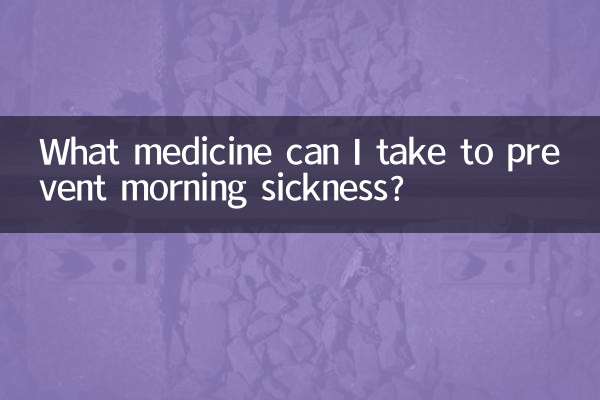What should you pay attention to when doing rhinoscopy?
In recent years, with the improvement of health awareness, rhinoscopy, as a common medical examination method, has attracted more and more people's attention. Whether it is for diagnosing nasal disease or for a routine physical examination, it is important to understand the precautions for rhinoscopy. This article will give you a detailed introduction to the precautions before, during and after rhinoplasty, and provide structured data for reference.
1. Basic introduction to rhinoscopy

Rhinoscopy is an examination method that uses an endoscope to observe the inside of the nasal cavity. It is mainly used to diagnose sinusitis, nasal polyps, deviated nasal septum and other diseases. According to different examination methods, rhinoscopy can be divided into two types: anterior rhinoscopy and posterior rhinoscopy.
| Check type | Applicable situations | Check duration |
|---|---|---|
| Anterior rhinoscope | Observe the front of the nasal cavity | 5-10 minutes |
| posterior rhinoscope | Observe the deep part of the nasal cavity and nasopharynx | 10-15 minutes |
2. Precautions before rhinoscopy
1.Dietary requirements: Avoid eating within 2 hours before the examination, especially greasy food, to prevent nausea during the examination.
2.Medication notification: If you take anticoagulant drugs (such as aspirin) for a long time, you need to inform your doctor in advance to avoid an increased risk of bleeding during the examination.
3.Mental preparation: Rhinoscopy may cause slight discomfort, but it is usually not painful. Staying relaxed will help the examination go smoothly.
| Things to note | Specific instructions |
|---|---|
| fasting time | 2 hours before inspection |
| medication adjustment | Consult your doctor in advance |
| psychological adjustment | avoid excessive stress |
3. Precautions during rhinoscopy
1.Cooperate with the doctor: It is necessary to keep the head fixed during the examination and avoid sudden movements to prevent the instrument from damaging the nasal cavity.
2.breathing pattern: It is recommended to breathe through the mouth to reduce the interference of nasal airflow on the examination.
3.Discomfort feedback: If you experience severe pain or difficulty breathing, inform your doctor immediately.
4. Things to note after rhinoscopy
1.short term reaction: Slight nasal congestion or dryness of the nasal cavity may occur after the examination, which usually resolves on its own within 1-2 days.
2.avoid irritation: Avoid blowing your nose forcefully or picking your nasal cavity for 24 hours to prevent bleeding.
3.dietary advice: Avoid eating cold or hot food within 1 hour after the examination.
| time | Things to note |
|---|---|
| 1 hour after inspection | Avoid eating spicy foods |
| 24 hours after inspection | Avoid strenuous exercise |
| 48 hours after inspection | Observe for abnormal bleeding |
5. Who should be cautious about rhinoscopy?
1.People with coagulation disorders: If you have hemophilia, you need to do it under the guidance of a doctor.
2.patients with severe hypertension: Blood pressure needs to be controlled before the examination.
3.People with acute nasal infection: It is recommended to check after infection control.
6. Summary
Rhinoscopy is a safe and efficient method for diagnosing nasal diseases, but adequate preoperative preparation and postoperative care are equally important. Through the structured data and suggestions in this article, we hope to help you better understand the precautions for rhinoscopy, successfully complete the examination, and obtain accurate diagnostic results.
If you have more questions, it is recommended to communicate with the attending doctor in advance and adjust the examination plan individually.

check the details

check the details